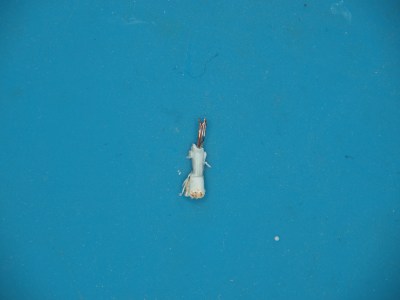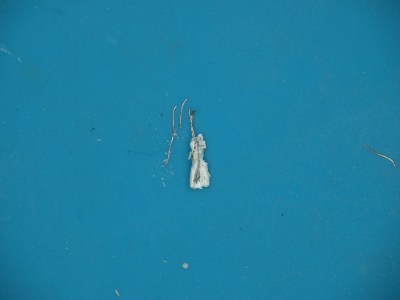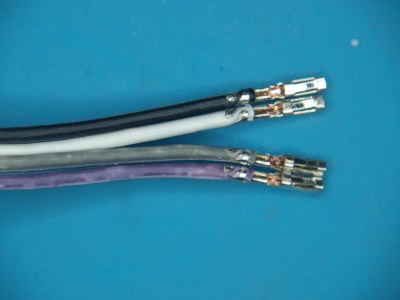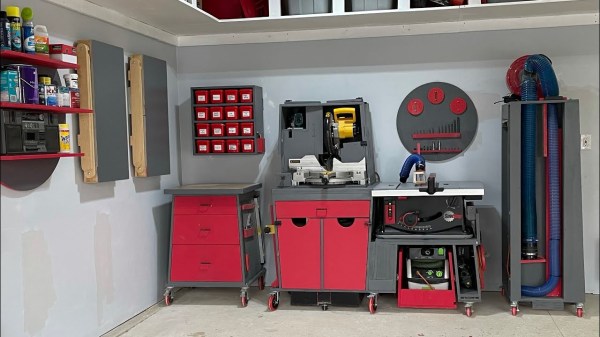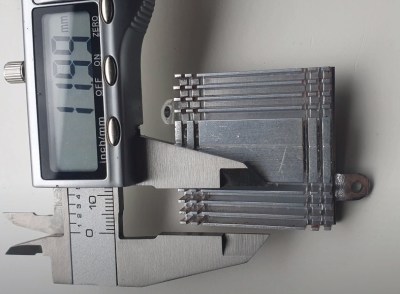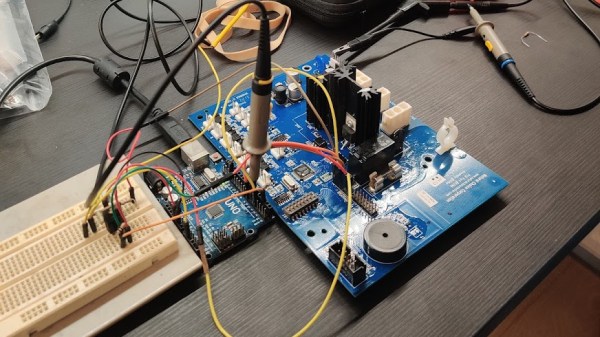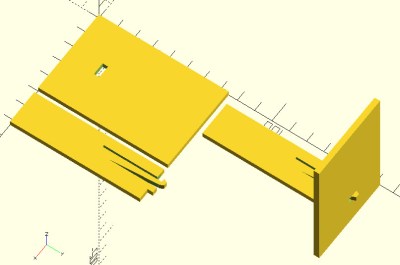[Rich] over at Tropical Ocean Cleanup on YouTube has been working hard to prevent plastic waste from getting into the waters around the Philippines. Even as a mostly one-man crew, he’s collecting large sums of plastic waste using a boom system which he fittingly made out of waste: old tires and empty plastic bottles. This Kaboom system is a low-cost method of capturing any waste so that it can be collected and properly disposed of. In addition [Rich] also installs containers where locals can dispose of their plastic trash.
The Kaboom system is detailed by [Rich] in this video (also linked after the break). As a shoestring budget project, it relies heavily on donations and local support to install more of these booms. It is however a highly effective way to prevent such common plastic waste from making it into the oceans in the first place. Having these booms made out of waste items that are commonly found where humans roam should make this a snap.
Ideally, local governments would be installing such capturing systems and easy waste disposal options, but sometimes it seems grassroots efforts like these are what will bring the fastest change.
Curious about what to do with all that plastic waste once you collect and identify it? How about making some plastic bricks?
Continue reading “Keeping The Philippines’ Surface Waters Clean With Kabooms”



